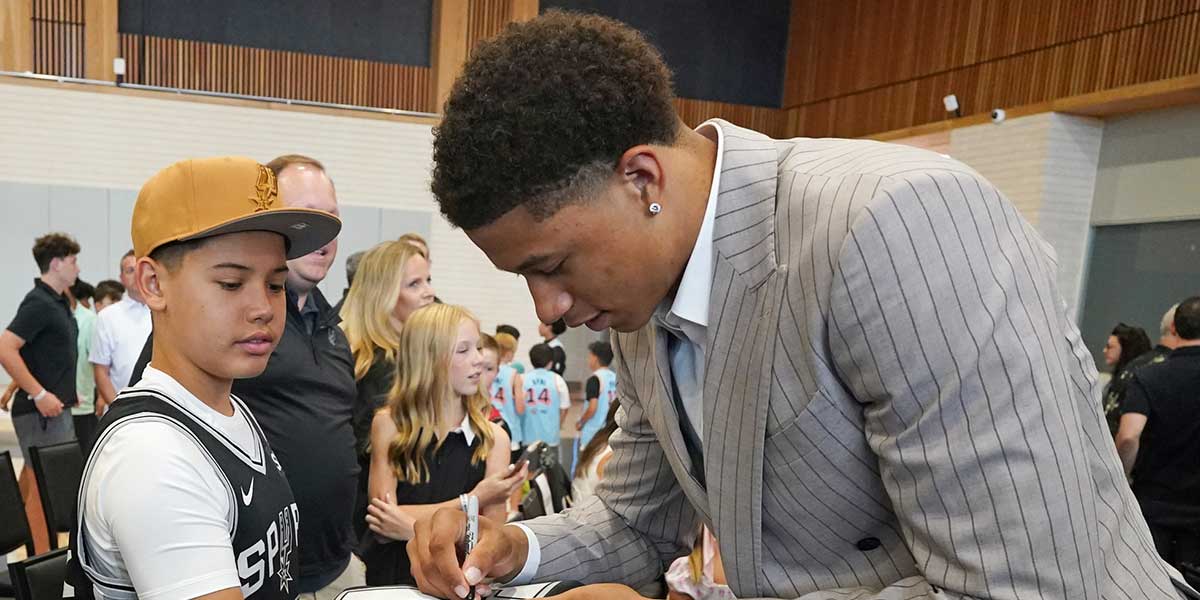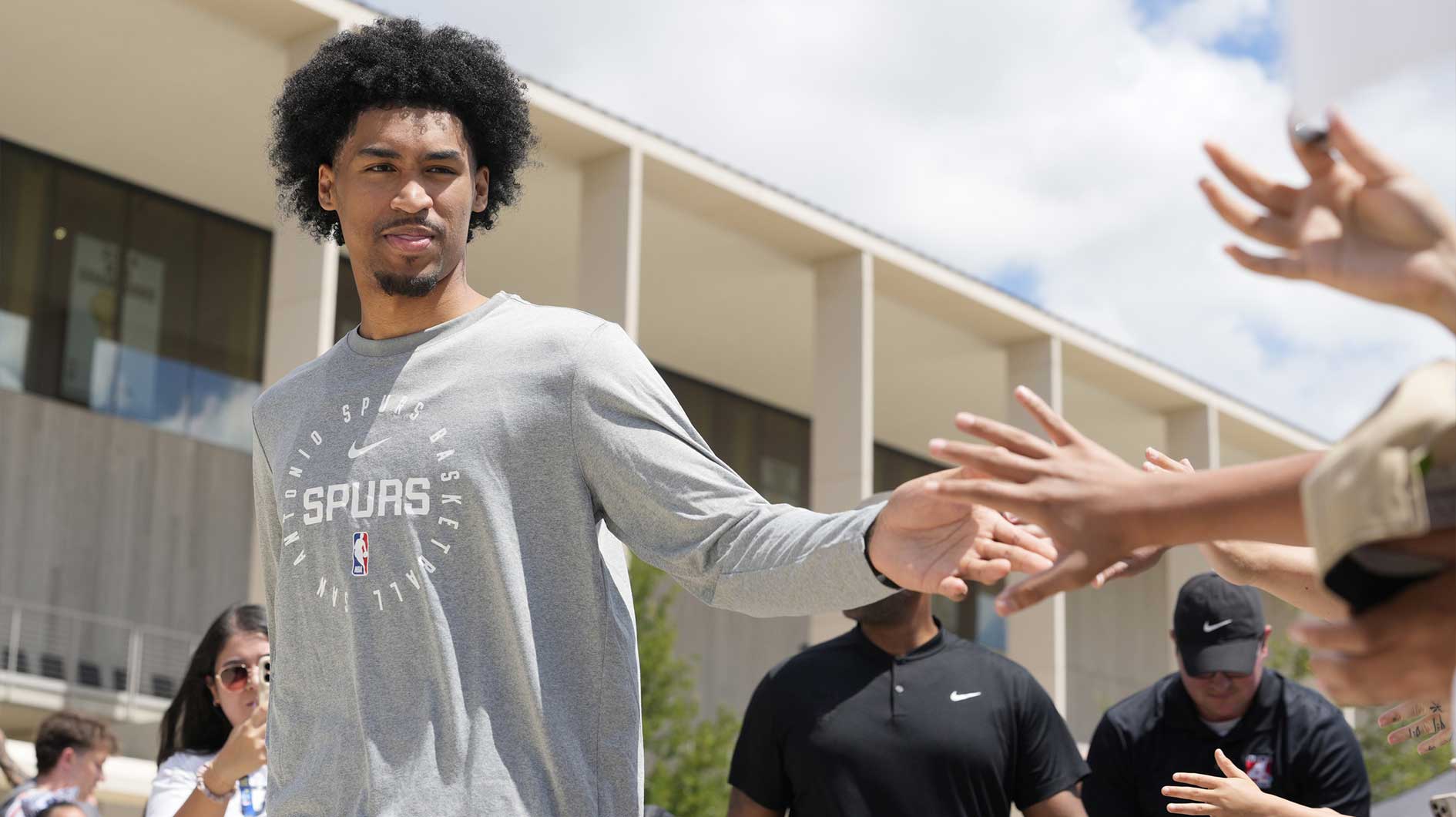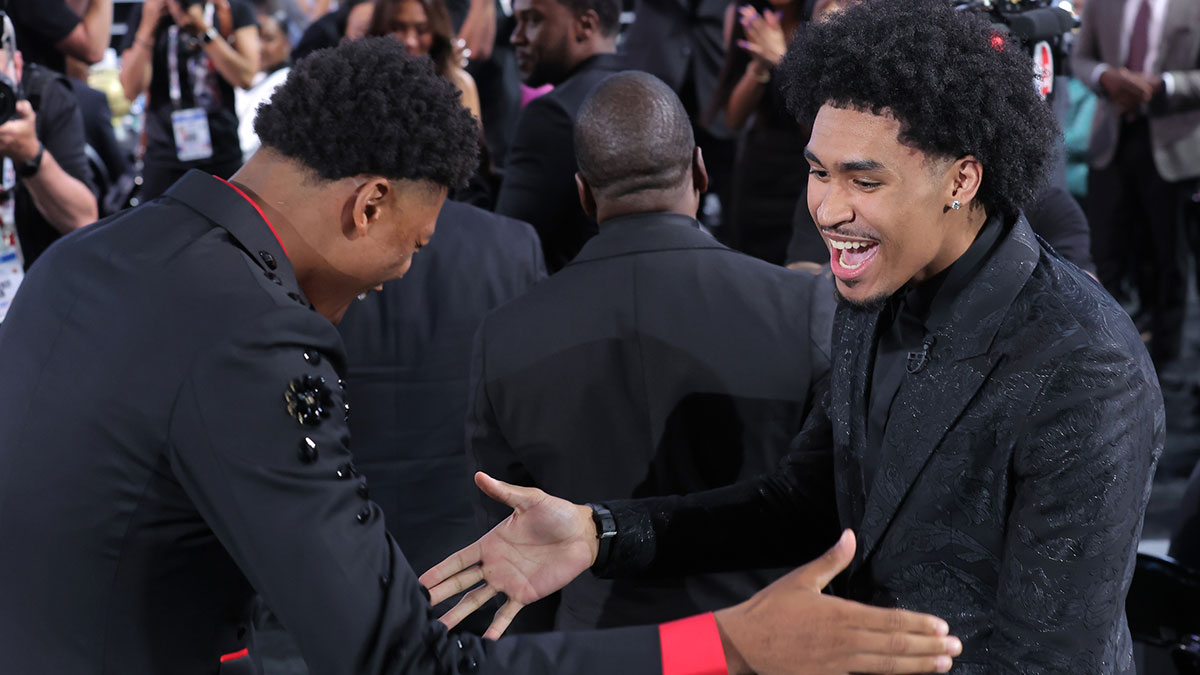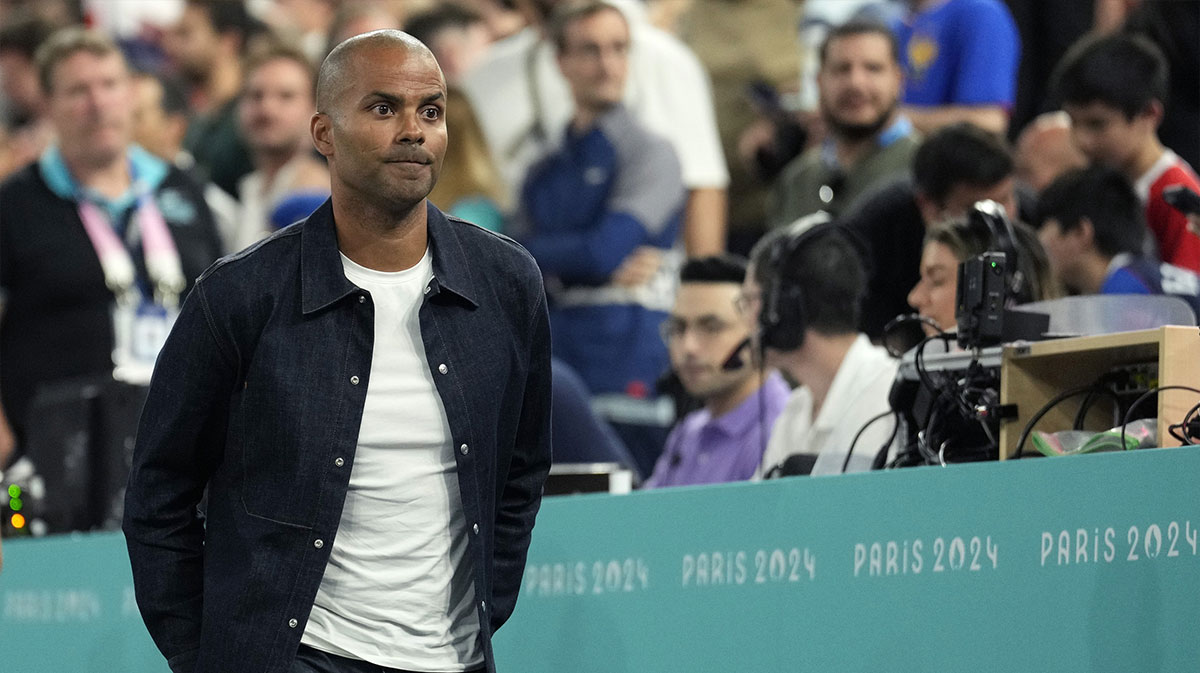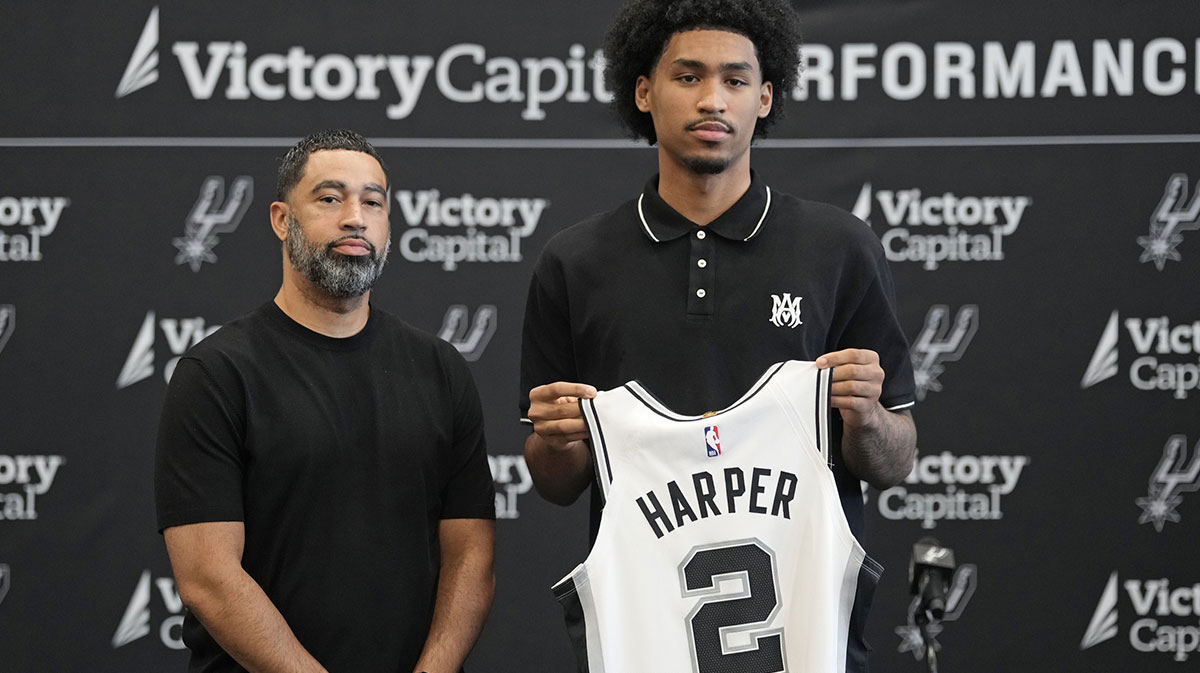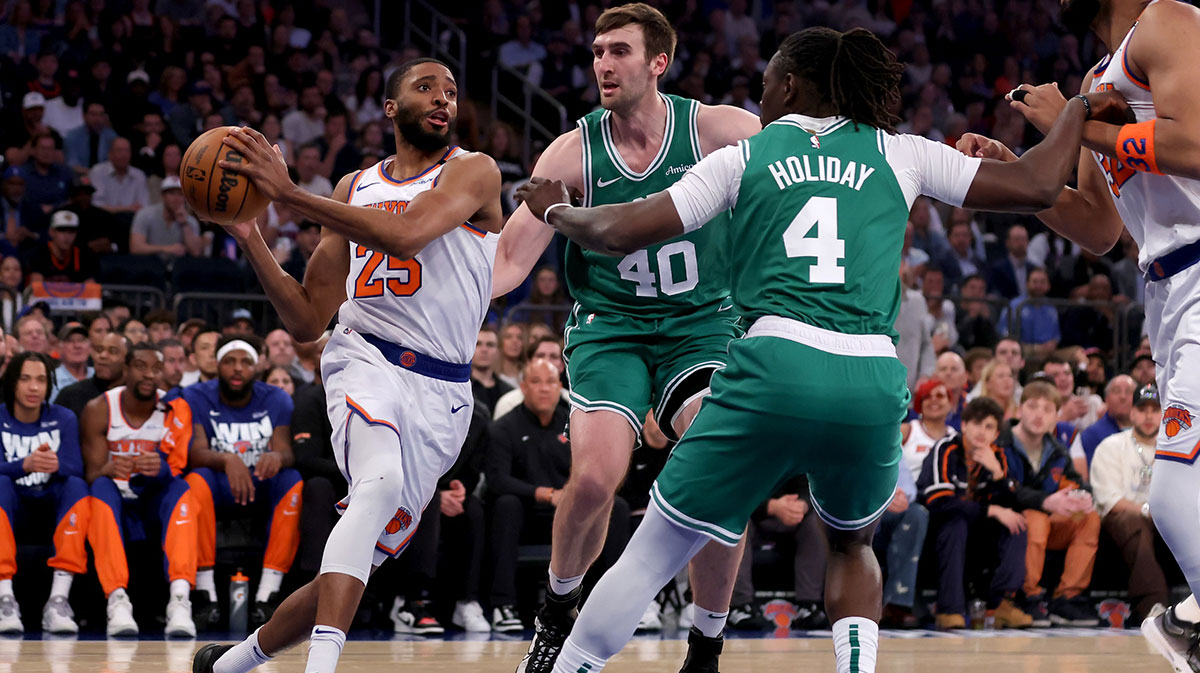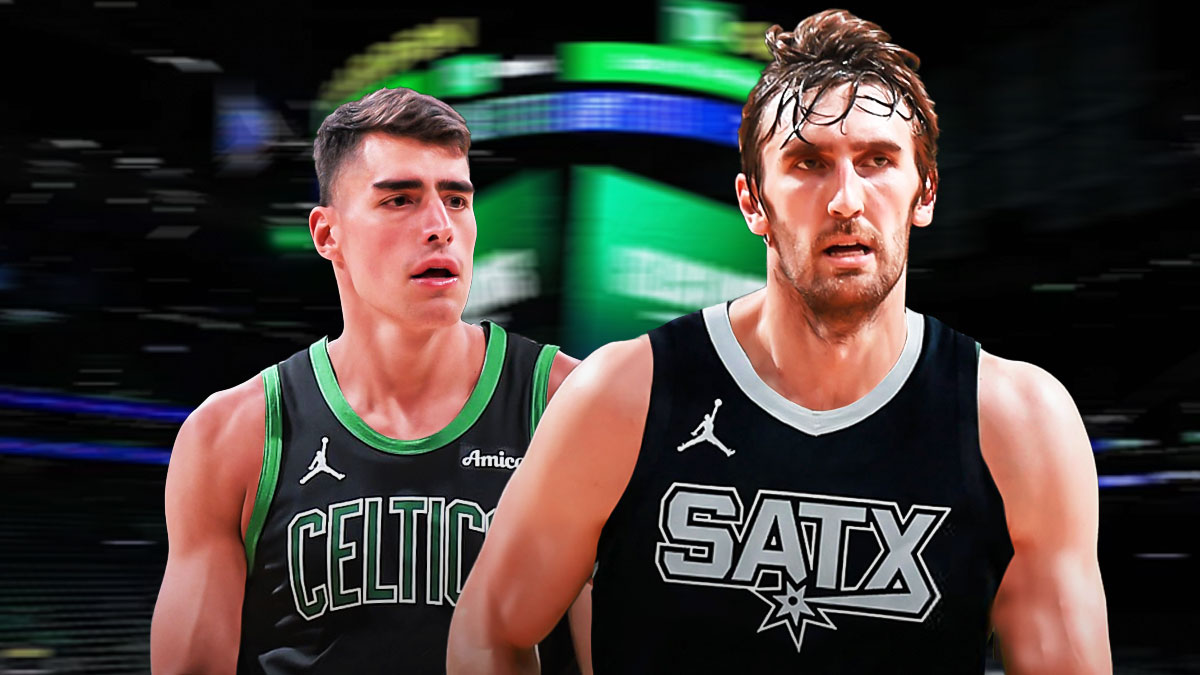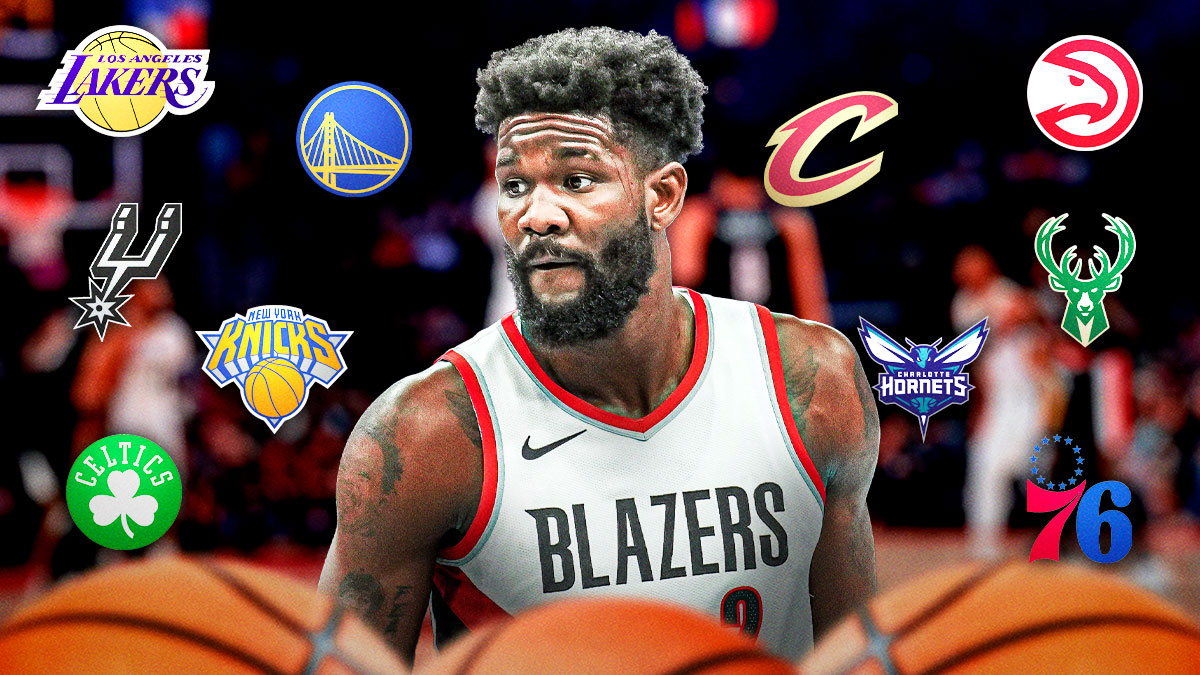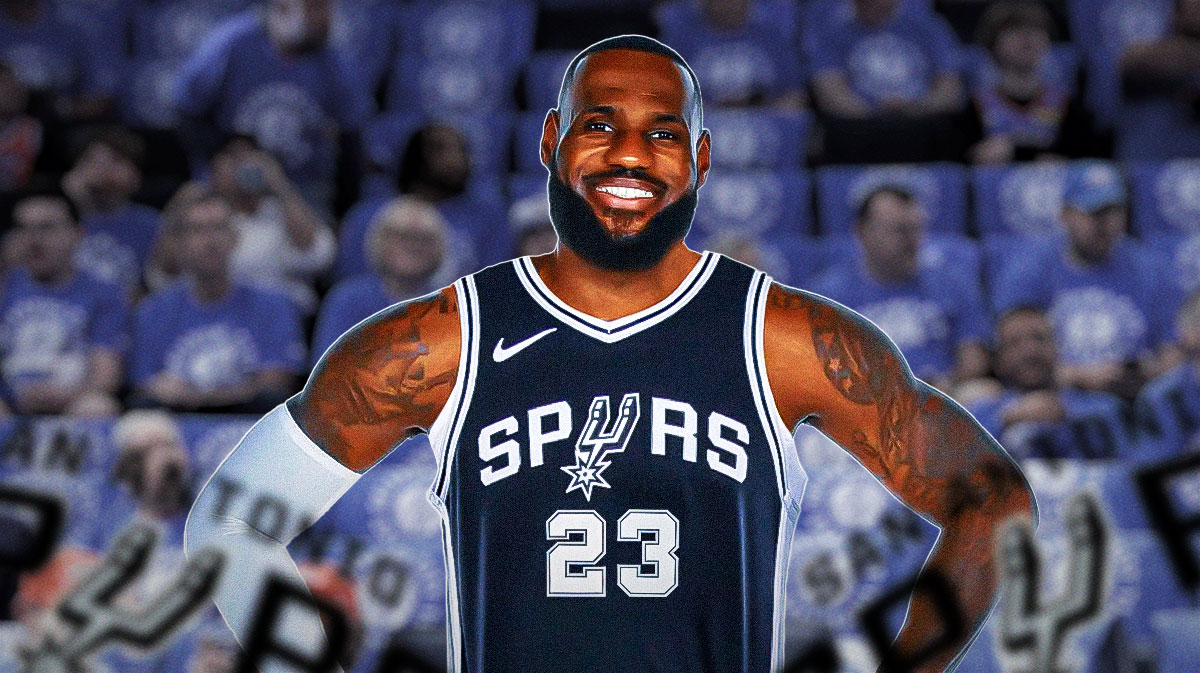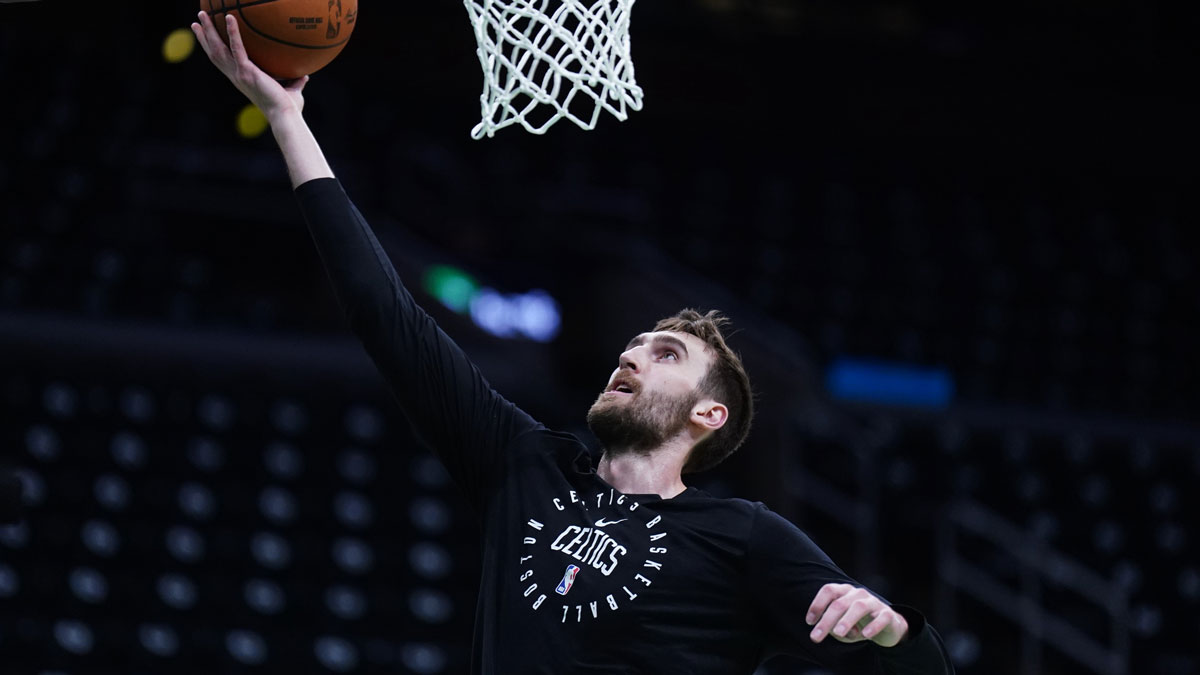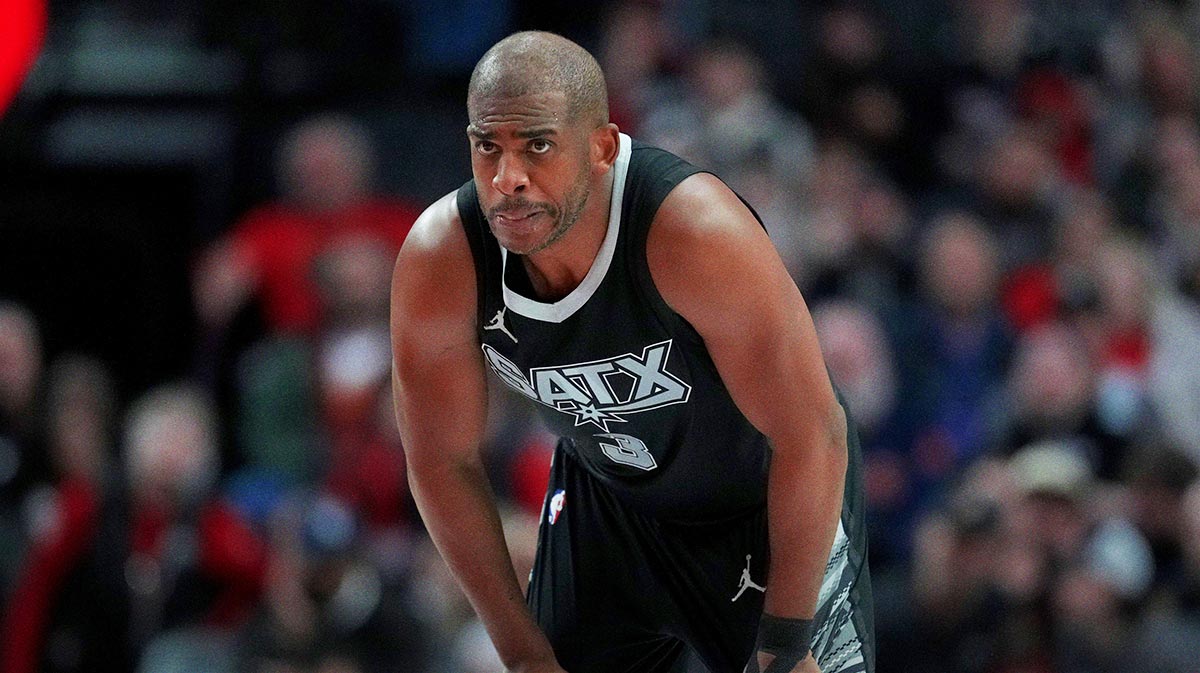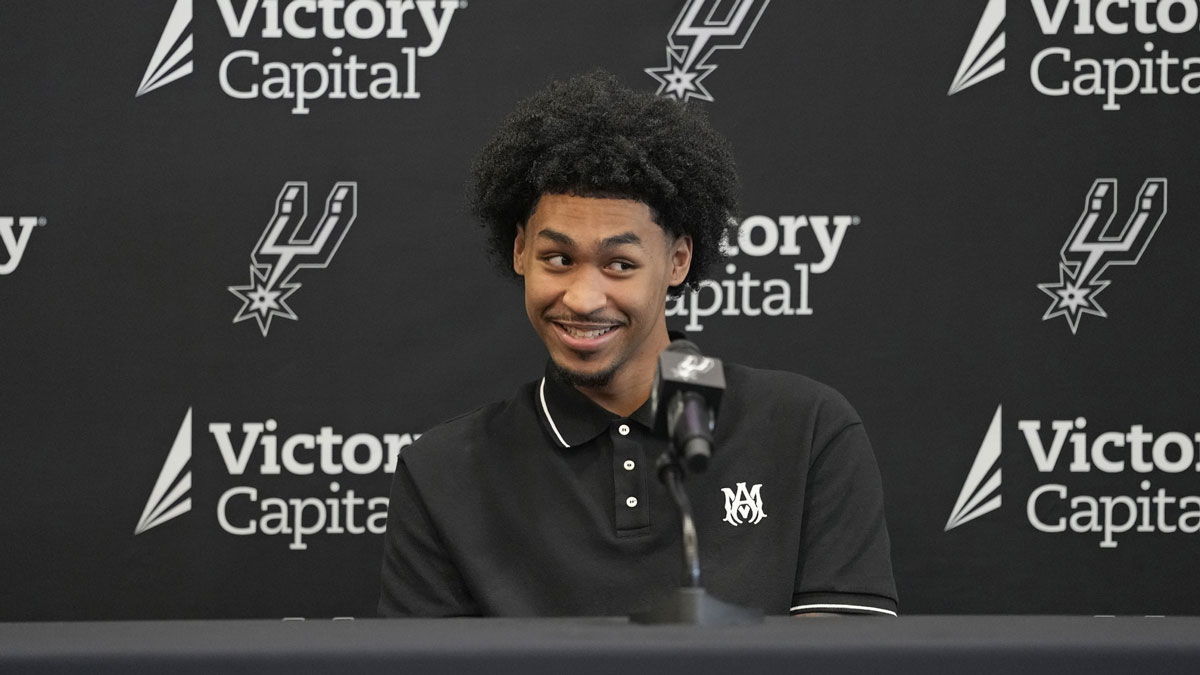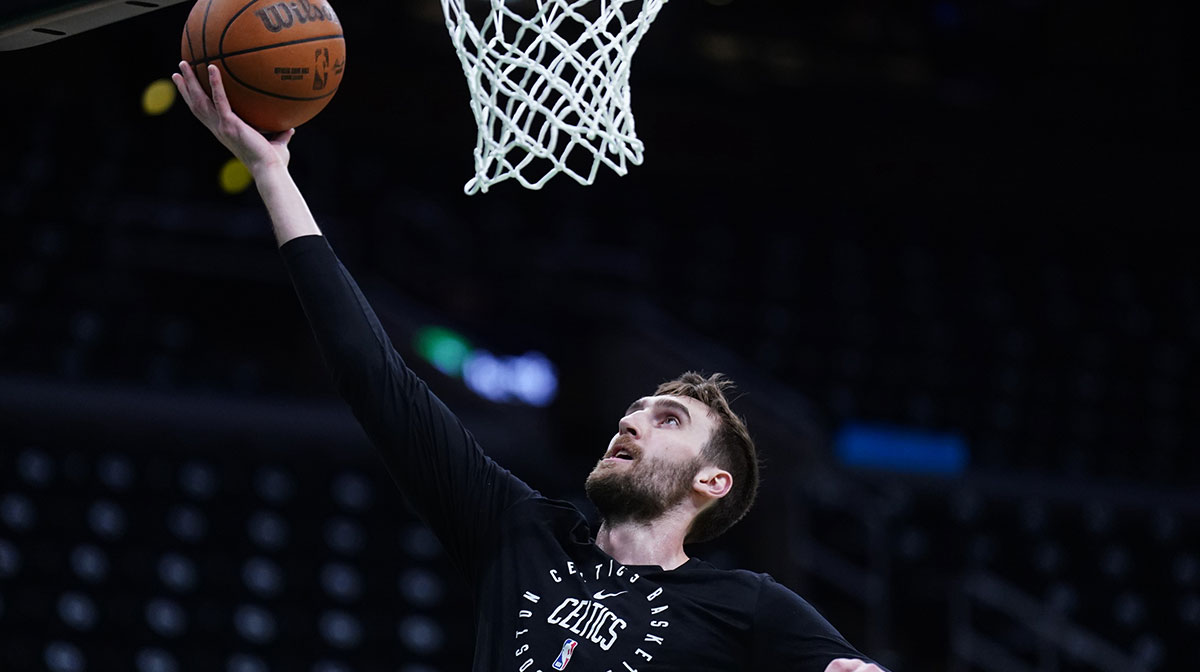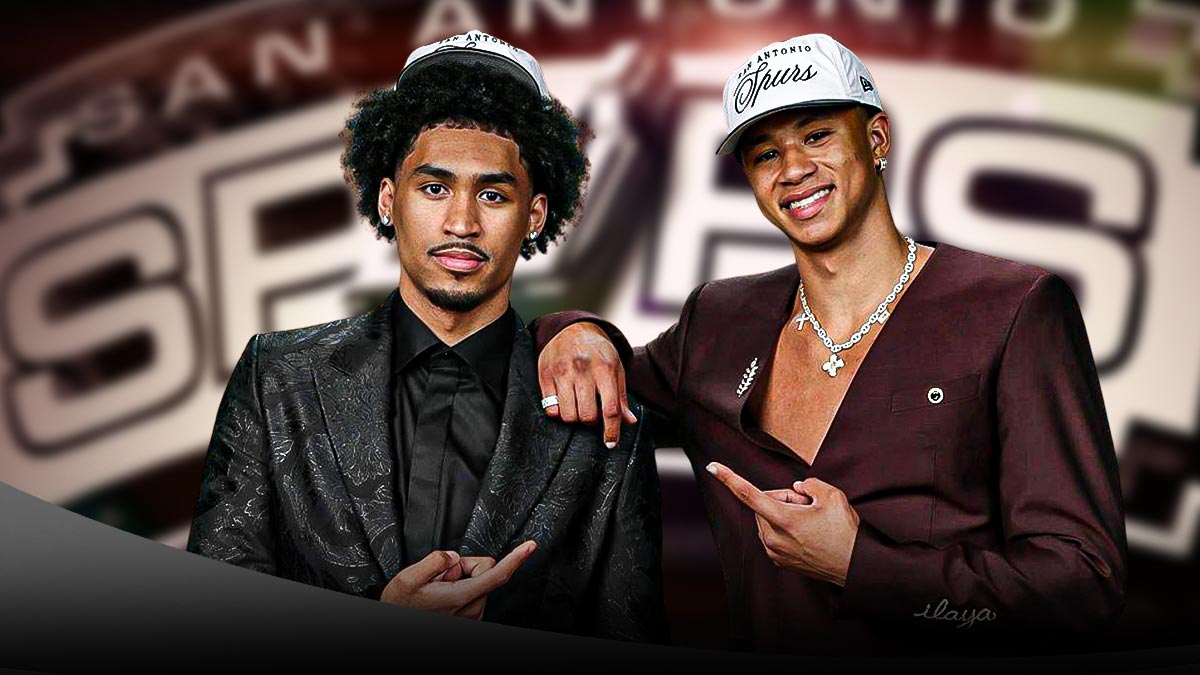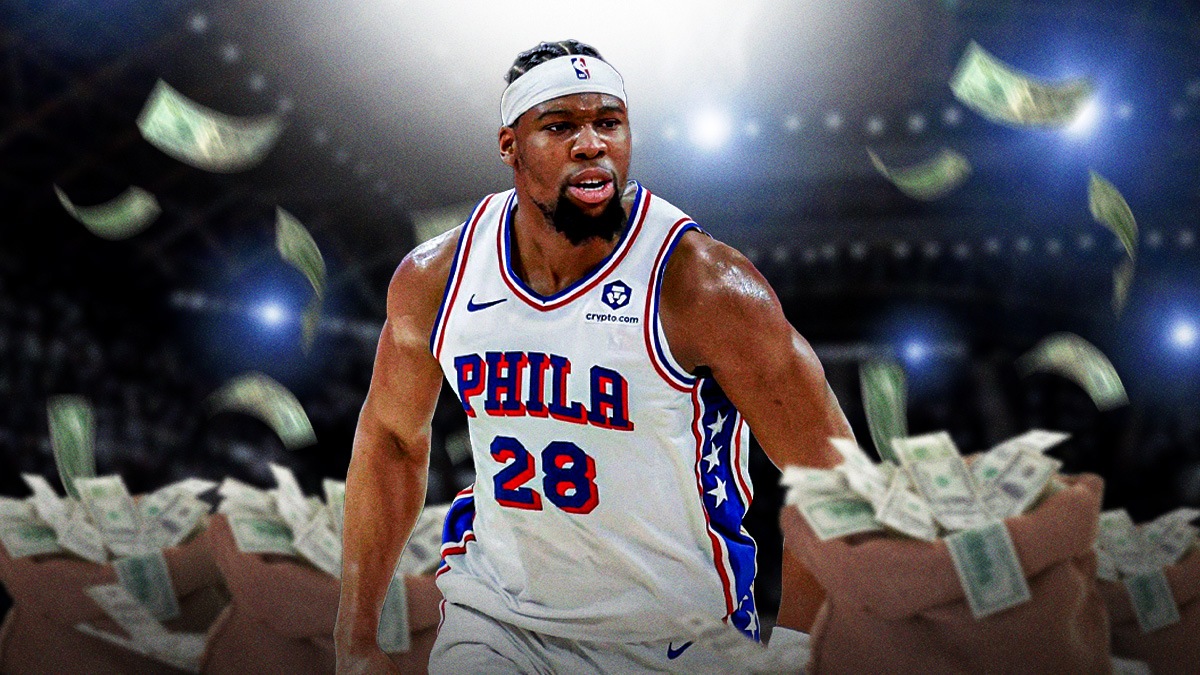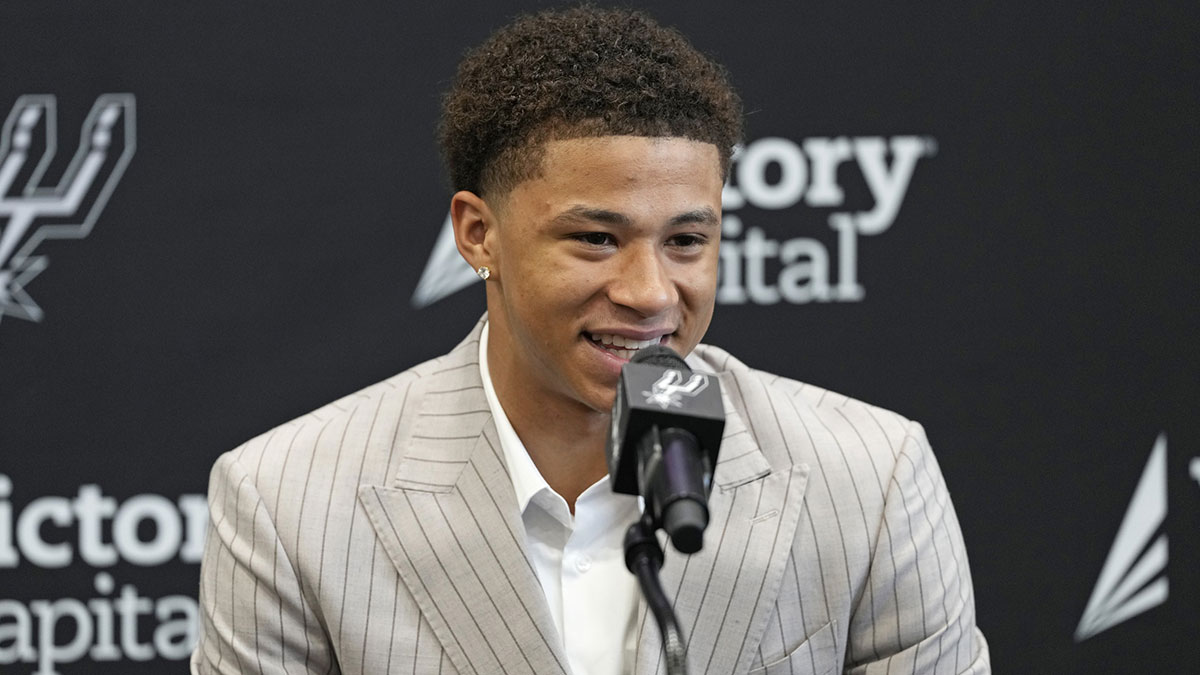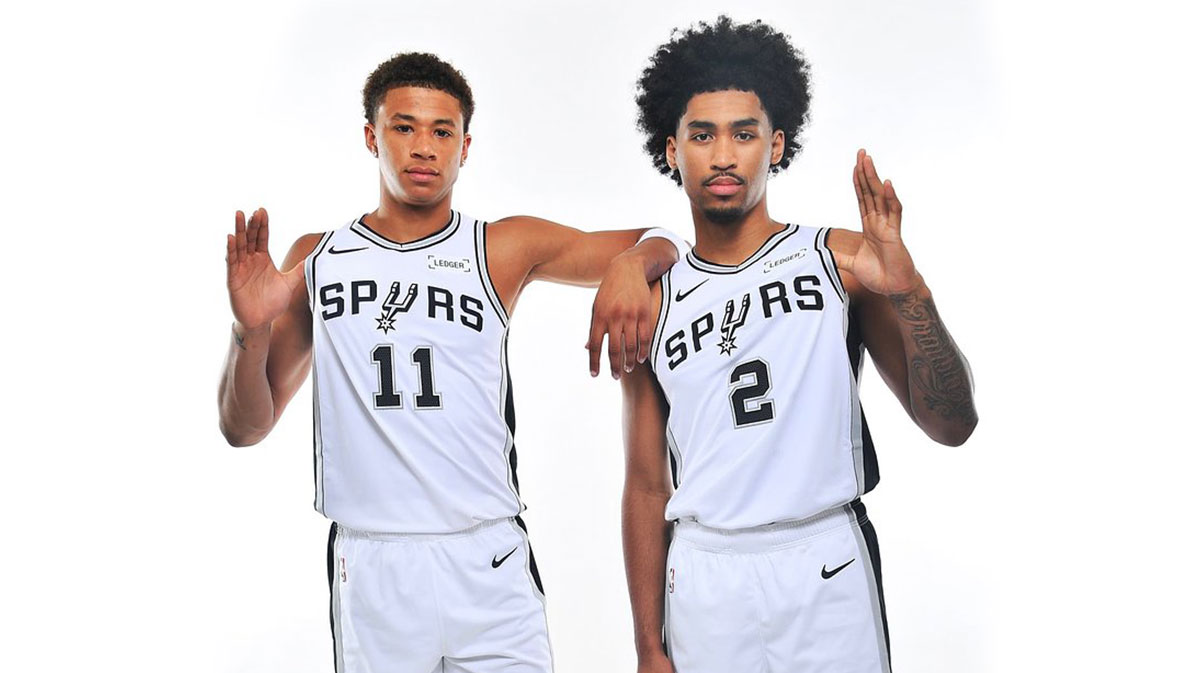In August 2012, as Kawhi Leonard was coming off a promising yet nondescript rookie season in which he averaged 7.9 points per game, Gregg Popovich raised eyebrows by submitting that his team's quiet, unassuming wing would eventually take up the mantle of Tim Duncan as “the face” of the San Antonio Spurs:
“I think he’s going to be a star,” he said of Leonard. “And as time goes on, he’ll be the face of the Spurs I think. At both ends of the court, he is really a special player.”
Seven years later, it's almost impossible to imagine just how outlandish Popovich's appraisal of Leonard's future seemed at the time. Leonard enjoyed a stellar debut campaign, forcing his way into the starting lineup for good midway through the lockout-shortened season, earning First-Team All-Rookie honors for his game-changing one-on-one defense and nascent long-range shooting ability.
It was clear to anyone watching that he was already an impact player who had the potential to develop into one of the most effective two-way wings in basketball. But the face of the Spurs? That status seemed a bridge too far for Leonard after a successful rookie season that nonetheless did little to suggest he would ultimately develop into an offensive fulcrum.
It had been just a year ago, after all, that he shot 39.5 percent from the field against Mountain West competition at San Diego State – hardly an indication of imminent superstardom at the next level, especially because Leonard spent most of his time in college playing power forward.
His sophomore season was similarly understated, as Leonard's usage barely increased and his rate of assisted baskets actually ticked upward despite being entrenched as San Antonio's starting small forward. There's absolutely nothing wrong with merely being a part of the Spurs machine rather than its cog. But Popovich, normally loathe to engage in the type of projection he so confidently forecasted before leading up to 2012-13, drastically altered expectations for Leonard, and with Duncan, Tony Parker, and Manu Ginobili firmly in the twilight of their careers, it was easy for him to leave San Antonio fans and league followers at large wanting more.
There was never a timeline put on Leonard's evolution into the player he is today. And in his third NBA season, the reigning NBA Finals MVP made it abundantly clear he was on the path toward becoming that type of singular force.
The boxes that needed to be checked offensively were throughout the course of 2013-14. Leonard's per-game numbers barely moved, but his usage and efficiency bumped up significantly, and he did far more work from the mid-range spots that have come to define his style of play.
But his true breakout came when it mattered most, in a highly anticipated NBA Finals rematch with the Miami Heat, when Leonard, at the urging of Popovich, took a more active role in his team's devastating offensive attack, finishing the series averaging 17.8 points per game on a scintillating 61.2 percent shooting – at times even out-dueling LeBron James:
https://www.youtube.com/watch?v=XmDkBoqOu-0
There were some who doubted Leonard's bona fides as a future superstar even after he became the youngest player to ever win Finals MVP other than Magic Johnson.
Kevin Durant famously said on Twitter in the days following the Finals that he was “doing work like this because of the system,” an assessment that drove home the lingering perception that Leonard's success was mostly the result of the Spurs' beautifully egalitarian offensive approach. Popovich indirectly lent credence to that notion, too, lauding his young star for producing on the game's biggest stage without having plays called for him.
It's not like Leonard made the leap to offensive alpha dog the next season, either. He won the first of back-to-back Defensive Player of the Year awards in 2014-15, and the Spurs clearly prioritized his individual growth within the flow of their offense, as he posted easy career highs in both usage and free-throw rate. But Leonard wasn't an All-Star, and seemed overburdened when tasked with propping up his team's offense during times of need in a heartbreaking seven-game loss to the LA Clippers in the first round of the playoffs.
That was the last time Leonard would ever be anything approaching an offensive liability, even as a primary scorer. He made the long-awaited leap to alpha dog in 2015-16, taking those reins despite the addition of LaMarcus Aldridge, averaging 21.2 points per game and making his first All-Star team while significantly upping his usage and efficiency in San Antonio's rebuilt offense.
But even that version of Leonard wasn't the one who led the Toronto Raptors to their first championship in franchise history. He put the basketball world on notice in the 2016-17 season-opener, stealing the spotlight from Kevin Durant in his debut with the Golden State Warriors by dropping 35 points and making all 15 of his free-throw attempts at Oracle Arena:
“He basically tells me what he wants to do now,” Popovich said of Leonard after San Antonio's stunning 29-point victory, per The Washington Post. “I mean, he’ll take the ball and send the screener away. He’ll decide if he wants to go one-on-one with no screen, no pick … he is much more demonstrative, looks for his shots more. He knows he’s got a green light, and I think that’s the difference.”
There were stops and starts in the interim on Leonard's road toward staking his claim as a generational player. He finished third in NBA MVP voting behind Russell Westbrook and James Harden in 2016-17, and what would have been one of the most iconic moments of his career was wasted by ankle injury when Zaza Pachulia stepped under his foot in Game 1 of the Western Conference Finals.
That controversy marked the beginning of another: the infamous quad issue that ultimately vanquished the possibility of Leonard ever taking Duncan's torch as San Antonio's new standard-bearer.
Leonard isn't the face of the Spurs. But after reaching immortality with the Raptors thanks to a historic playoff run and single-handedly reshaping the league landscape by signing with the LA Clippers, he has become one of the faces of the NBA – and arguably the best player in the world.

